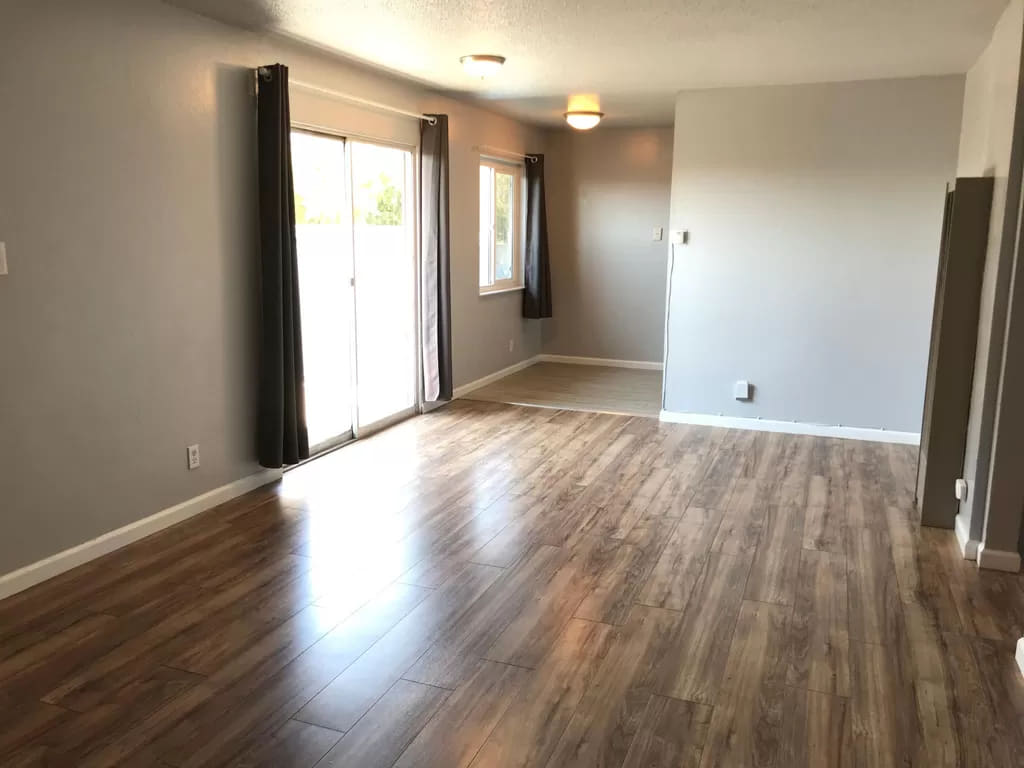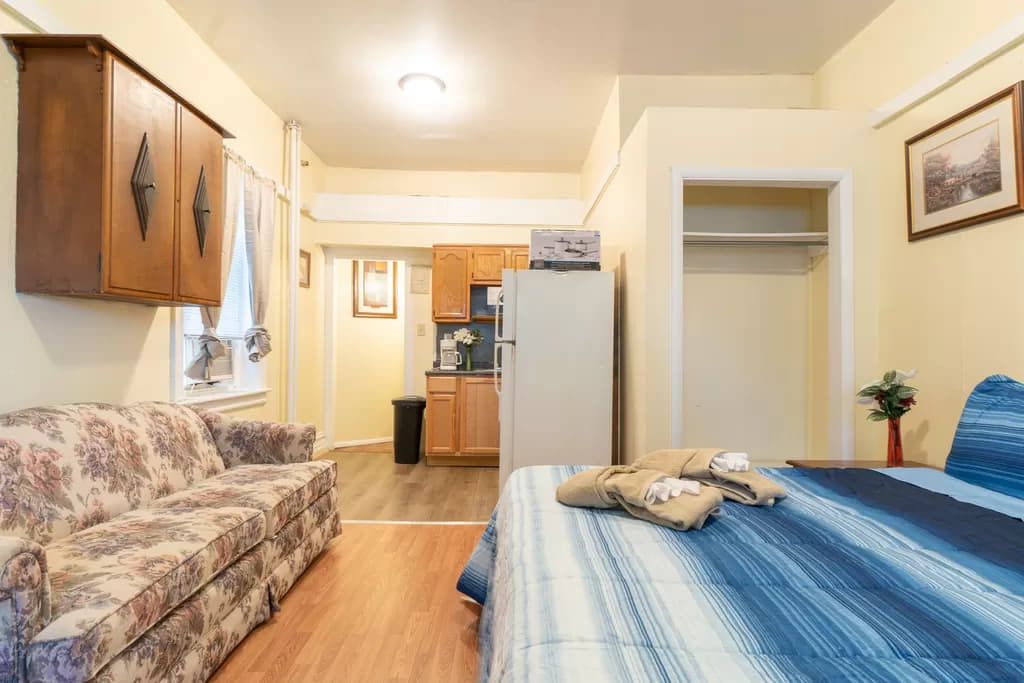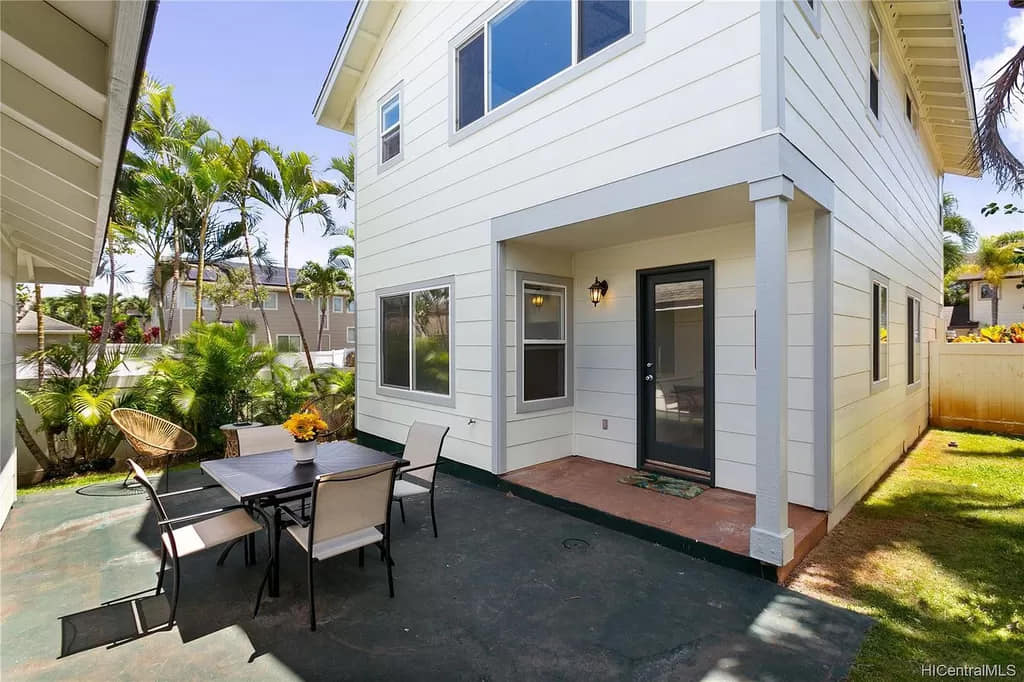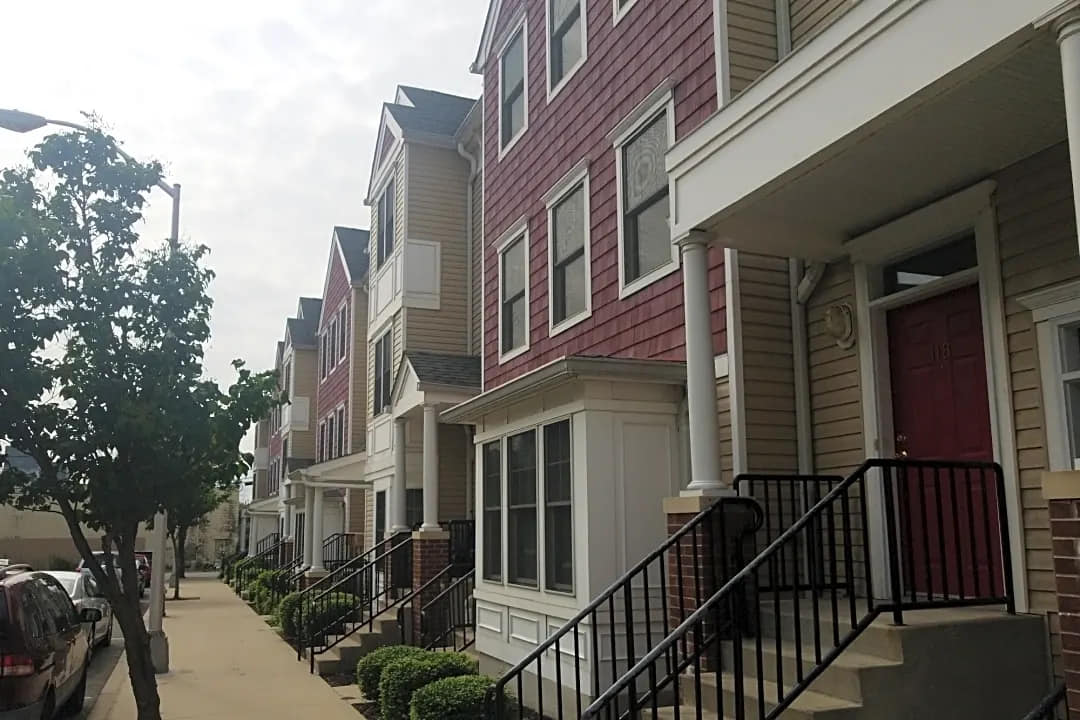Facing two Section 8 inspection failures is a serious business. In this discussion, we'll explore the reasons behind the setbacks and offering insights to help you navigate the complexities and maintain your Section 8 housing assistance. Let's get you armed with all the info you need to turn things around.

What caused your failure of the initial or annual House Quality Standard?
Ensuring your rental units meet the stringent standards set by the Housing Quality Standards (HQS) inspection is crucial for landlords, especially those catering to Section 8 tenants. The reasons for failing the inspection are diverse, such as:
- Electrical outlets that are not wired correctly, including reverse polarity, open ground, hot neutral reverse, and other issues.
- Deteriorated and unstable paint on surfaces, such as peeling, cracking, and chipping. This is particularly a concern in units built before 1978 where pregnant women or children under the age of six will reside.
- Problems with smoke detectors, including missing, inoperable, or incorrectly mounted smoke and carbon monoxide detectors. It is necessary for them to be hardwired.
- Windows that are broken or not functioning properly, with issues like cracked glass panes, broken locks, drafty frames, or windows that cannot be opened.
- Handrails and stairs that are missing or broken, both inside and outside the property.
- Exposed electrical wires and connections, such as light fixtures without globes, electrical junction boxes without cover plates or knockout plugs, or breaker boxes with open sockets.
- Door locks that are broken or faulty, and doors that let in drafts due to broken frames or slabs.
- Hazards that involve cutting, such as sharp nails or metal objects with jagged edges, deteriorated sheet metal, or cracked glass blocks on windows.
- Infestation by pests or evidence of pests like mice, rats, fleas, or bedbugs.
- Holes and large gaps in the walls, ceilings, and floors of living spaces, including holes around heating system flue pipes and unused gas utilities. These holes are larger than a quarter inch in size.
Related: Window Regulations For Rented Properties
What if my Section 8 inspection failed twice?
Should an inspection be unsuccessful twice, subsidy payments are likely to be halted until the necessary repairs are undertaken. The Public Housing Authority (PHA) may even mandate a rent reduction due to perceived lower quality. Your PHA will provide you with a re-inspection date, and you will have until then to fix the problem or problems that cause the failure. Sometimes, very serious problems may need to be fixed within 24 hours.
What to do if my Section 8 inspection failed?
Fret not! There's room for redemption. Once the required repairs are completed, landlords have the opportunity to restore the rental unit to its previous rental rate. In fact, strategic enhancements, such as adding superior amenities or implementing quality improvements, can justify reinstating the original rent level. This process not only safeguards subsidy payments but also emphasizes the importance of maintaining high standards to benefit both landlords and Section 8 tenants.
How many times can I fail a Section 8 inspection?
Failing a Section 8 housing inspection not only jeopardizes your rental subsidy payments from the Public Housing Authority (PHA) but also triggers a critical review of your property's quality. The number of times you can fail a Section 8 inspection may vary depending on the specific circumstances. If a landlord fails to address the identified issues within the given timeframe or if the unit fails the re-inspection, it may result in consequences such as the termination of the Housing Assistance Payments (HAP) contract or the removal of the unit from the Section 8 program.
Moral of the story
As a landlord, meticulous attention to property care to pass Section 8 inspections is paramount for sustained success. Adhering to these standards not only secures a stable rental income through government-subsidized programs but also fosters tenant retention. Well-maintained properties promote tenant satisfaction, reducing turnover and associated costs.
Moreover, compliance with Section 8 guidelines ensures legal adherence, preventing potential fines or disqualification from government housing programs. Beyond financial considerations, property value preservation is crucial, safeguarding your investment. A positive landlord reputation arises from consistent adherence to maintenance standards, attracting a broader tenant pool. Proactive property care not only aids in passing inspections but also streamlines operations by preventing emergency repairs.





